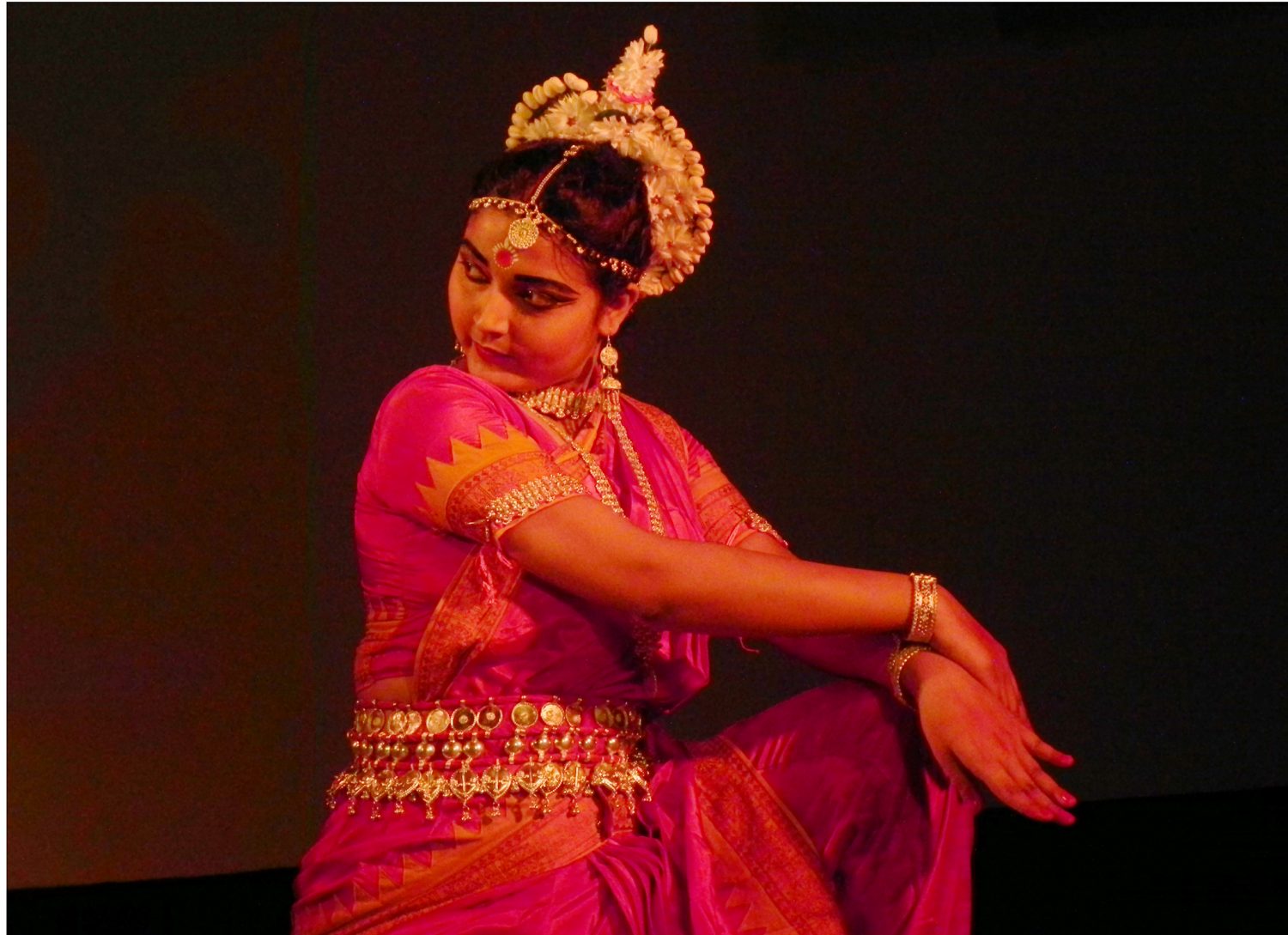This is the story of Lopamudra Tripathi Banerjee: a clinical psychologist my profession, and a dancer by passion. She prefers to go by Lopa. Lopa is from Kolkata, a city in the eastern part of India. She was born and brought up in this city. However, after her marriage, at twenty seven, she moved to the south Indian city of Hyderabad, and two years later to Raleigh, North Carolina.
Lopa is a trained Kathak (a classical dance form from the Northern part of India) dancer. She began her training in this classical form at the age of four. Six years later she began her training in folk dance.
The speciality of Kathak is that it requires a lot of rhythmic beating of the feet, and moving around in circles (chakkar). The hitting of the foot so many times tend to cause pain in the soles of the feet. And the circles may cause sprain or stress fractures in the knees. As Shruti Kotian, a trained Bharatnatyam dancer, and physical therapist, says, when one suddenly after so many chakkars, the upper body still remains in motion, while the lower body, in contact with the ground, stops. This stresses out the muscles around the knees, and tear off.
After beginning her lessons in folk, Lopa began performing on stage. Her stage performances were mainly based on folk songs. To her, dance is a medium of communication. It is a language with which she connects with people.
As with many dancers-by-passion in India, passion took a back seat to academics for Lopa as well. Once in ninth grade she stopped all practice and training due to academic pressure. After an n-again-off-again relationship with dance for the next eight years, she started again in earnest at twenty four years of age, once she joined the hospital she worked at. Another reason for her temporary separation from dance been a mild pain in her knees. Since the pain was not debilitating she did not consult a doctor, and wrote it off as muscle fatigue. She also discovered that wearing flat, comfortable shoes, kept the pain at bay.
Having been re-united with dance, she performed regularly for the little patients. The medical staff at the paediatric cancer ward used dance as a way of letting the kids know that the medical staff were fun, and did not pose a threat to them. Every time she practiced, the pain came back, and would go away in about a couple of hours after the practice ended.
***
For their honeymoon, Lopa and her husband went to the beautiful southern Indian state of Kerala. There, they went for a hike. The hike destroyed Lopa’s already fragile knee. She hobbled back to their hotel, with her knees swollen twice their original size. It was so bad that they had to find a masseuse there and get the knees massaged to bring down the swelling.
The doctor she consulted after getting back from the trip told her she had a condition called chondromalacia patella, or runner’s knee. Her knee cartilage had worn out from overuse, and the hike had intensified the pain.
She was advised to take a break from dancing, take up swimming and/or cycling to strengthen her muscles, and undergo intramuscular vitamin D injection.
Once she moved to Raleigh, she began cycling. This helped her a lot. she can practice now, and does not become restricted to bed.
